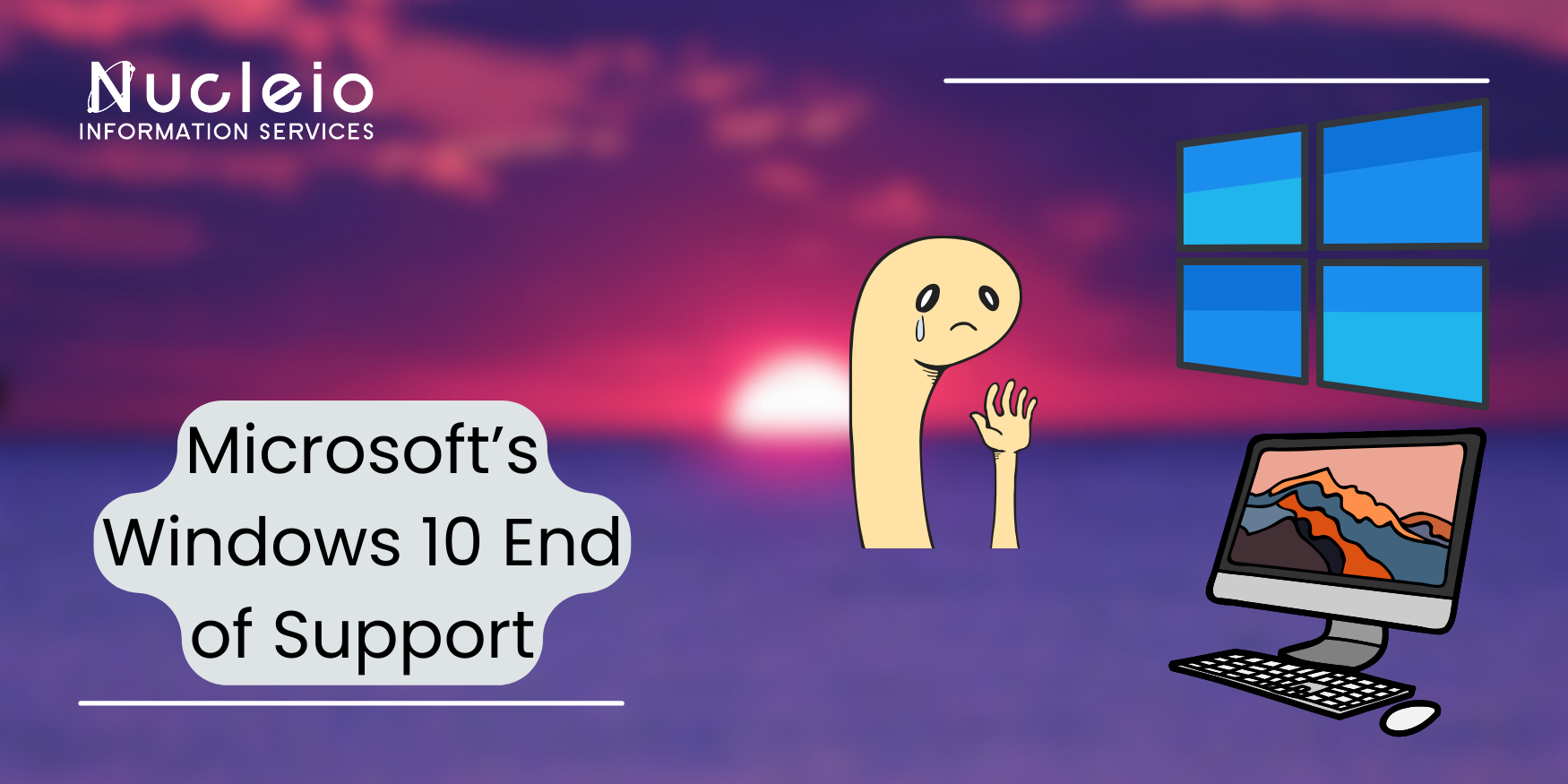October 14, 2025, marks a critical date for Windows 10 users – that’s when Microsoft’s Windows 10 end of support kicks in. This blog post will guide you through everything you need to know about this upcoming change and what options you have to stay secure and up-to-date.This means that after that date, Microsoft will no longer provide:
- Security updates: These updates are crucial for protecting your computer from viruses, malware, and other cyber threats.
- Non-security updates: This includes bug fixes and new features for Windows 10.
- Technical support: If you encounter any problems with Windows 10 after the end-of-support date, you won’t be able to get help from Microsoft.
Why is Microsoft Ending Support?
All software products eventually reach their end-of-life. This allows Microsoft to focus on developing and supporting newer versions of Windows, such as Windows 11.
What are the Risks of Using Unsupported OS?
Continuing to use Windows 10 after its end-of-support date exposes your computer to serious security risks. Hackers are constantly discovering new vulnerabilities in software, and without security updates, your computer becomes an easy target. Additionally, you may experience compatibility issues with newer software programs.
What are Your Options?
Here are your options for dealing with the end of support for Windows 10:
- Upgrade to Windows 11 (if compatible): This is the recommended option. Windows 11 is the latest and most secure version of Windows. You can check if your computer meets the minimum system requirements for Windows 11 using the PC Health Check app.
- Purchase a new PC: If your computer doesn’t meet the requirements for Windows 11, you may need to purchase a new one.
- Upgrade your hardware to bypass Windows 11 compatibility check (Not Recommended): There are ways to bypass the Windows 11 compatibility check and install it on unsupported hardware. However, this is not recommended by Microsoft and may lead to compatibility issues or lack of future updates.
- Switch to a different operating system (advanced users only): You could consider switching to a different operating system, such as Linux. However, this is a complex process and may not be suitable for everyone.
What You Should Do Now
- Check your system compatibility for Windows 11: Use the PC Health Check app to see if your computer can run Windows 11.
- Consider upgrading to Windows 11: If your computer is compatible, upgrading to Windows 11 is the best way to stay secure.
Conclusion
The end of support for Windows 10 on October 14, 2025, is a critical date for all Windows 10 users. By familiarizing yourself with your options now, you can ensure a smooth transition and avoid the security risks associated with Microsoft’s Windows 10 end of support.

